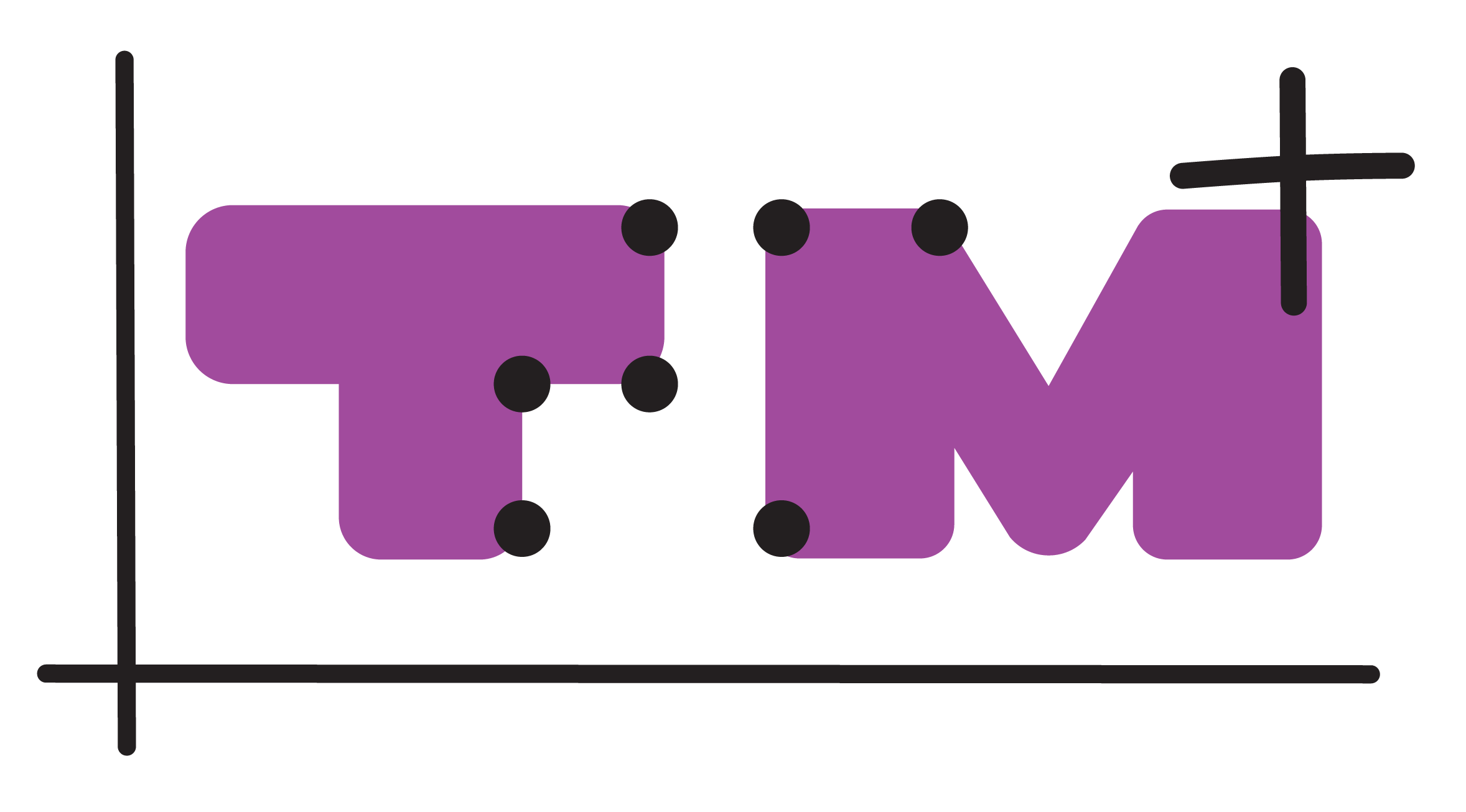The Expanded Mathematical Core Curriculum (EMCC) outlines additional skills and knowledge that braille readers should acquire, making them able to continue their mathematical development.
EMCC for Coordinate Systems
To meet the requirements in the mathematical core curriculum (MCC) for the coordinate system and graphs, it is fundamental to understand the coordinate system. While sighted students work with visual representations of the coordinate system, the braille reader must work with tactile versions.
Learning Objectives in the MCC That Require Additional Skills and Knowledge
The challenges a braille reader faces when learning about the coordinate system include
- identifying the axes, the origin, the gridlines, the labels, and the numbers on the axes
- recognizing the four quadrants
- finding the coordinates of a point
- plotting a point in a coordinate system
- writing the coordinates of a point
Additional Skills and Knowledge for Braille Readers
To be able to read and understand a tactile coordinate system using their fingertips and palms, a braille reader must
- use effective hands and finger movement to investigate the tactile coordinate system
- identify the quadrants, axes, origin, gridlines, labels and numbers, and build a mental image of the coordinate system
- manage to distinguish between various textures to differentiate the axes from the gridlines
- locate plotted points in the coordinate system
- follow the tactile axis and gridlines to find and compare coordinates
EMCC for Graphs
In accordance with the mathematical core curriculum (MCC) for graphs, the students are required to recognize, investigate and discuss the characteristics of the graphs of different functions. While sighted students get information on the graph with visual representations (drawings or digital tools like GeoGebra), braille readers rely on tactile versions of the coordinate system or just listening to an audible graph using a digital tool.
Learning Objectives in the MCC That Require Additional Skills and Knowledge
The challenging learning objectives for braille readers include
- recognizing the graph in a coordinate system
- deciding the different characteristics of the graph, for example intersections with the axes, and maximum and minimum points
- drawing graphs of different functions
- comparing multiple graphs in the same coordinate system, and interpreting intersections
- creating, reading, and comprehending tables of values
- using digital tools to explore graphs
Additional Skills and Knowledge for Braille Readers
Braille readers have access to two types of accessible graphs: tactile and audible. There are also some accessible digital tools that can be used to explore graphs.
When using tactile graphs, braille readers need to learn how to
- use effective hand and finger movement to investigate the tactile graph
- identify the shape of the graph and separate it from the coordinate system
- distinguish between various lines, including gridlines, axes, graphs, and asymptotes
- identify coordinates of interesting points like maximum and minimum points, and intersections with the x-axis, the y-axis or with other graphs.
When using audible graphs, braille readers need to learn how to
- understand the connection between the sound and the shape of the graph
- get information about interesting points and graph characteristics
When using digital tools, braille readers need to learn how to
- use the digital tool effectively, for example Excel, Desmos or programming environment
- use the program/digital tool with a screen reader
